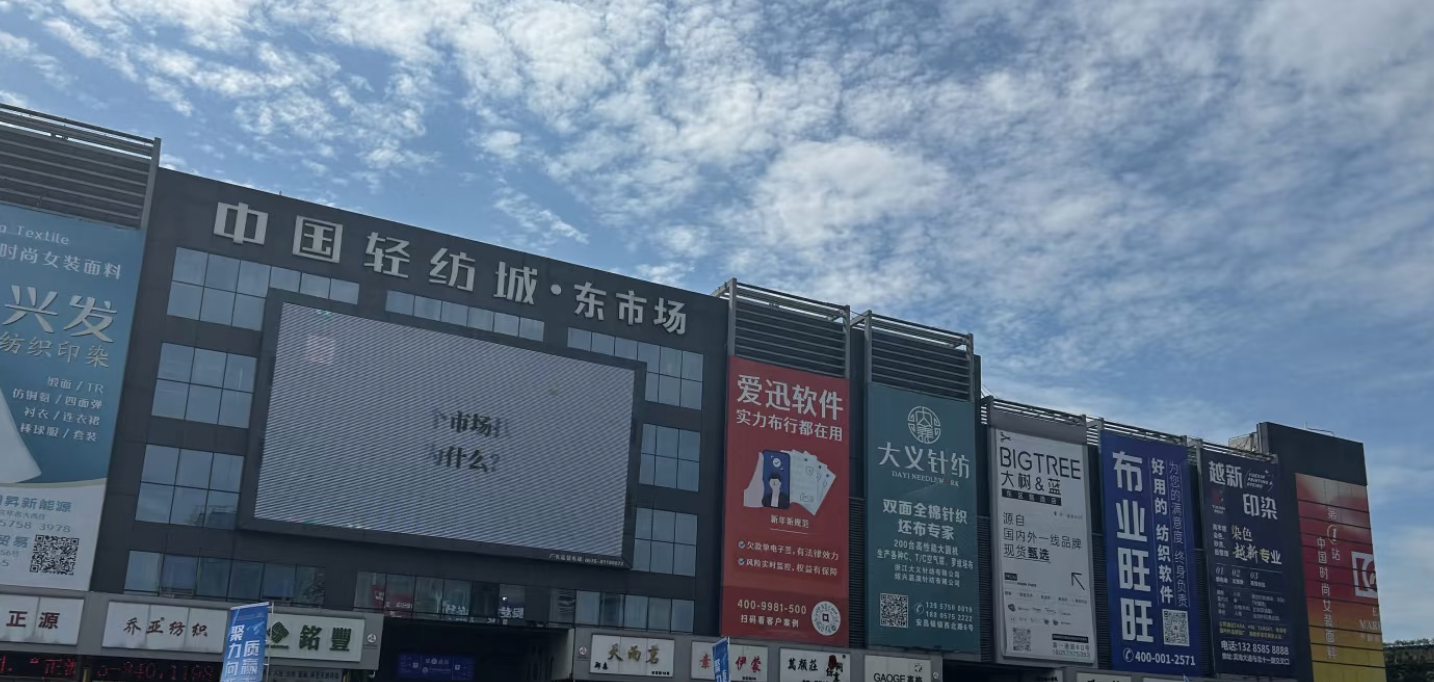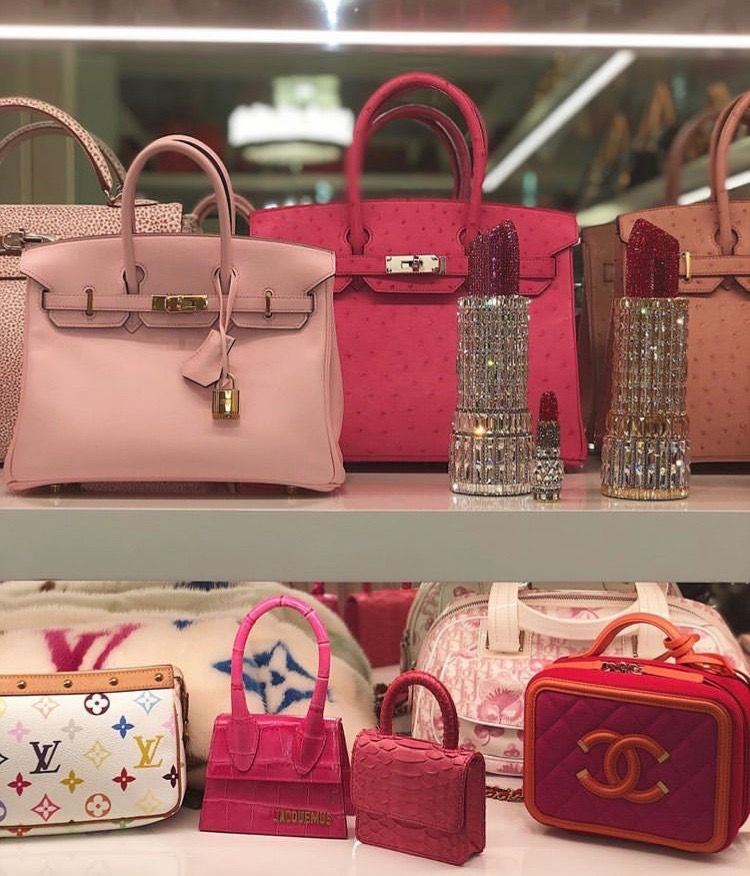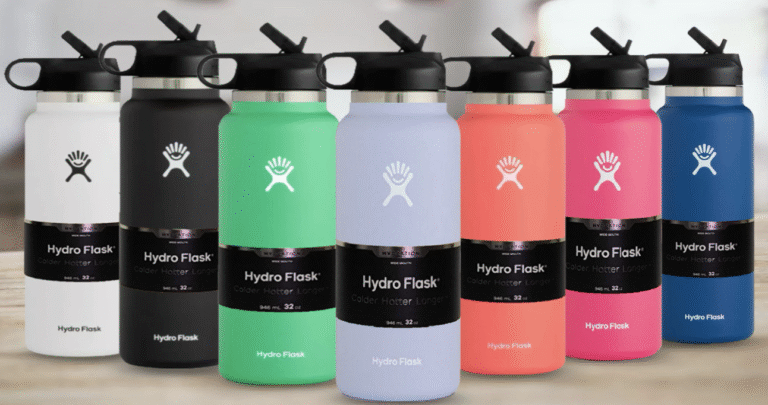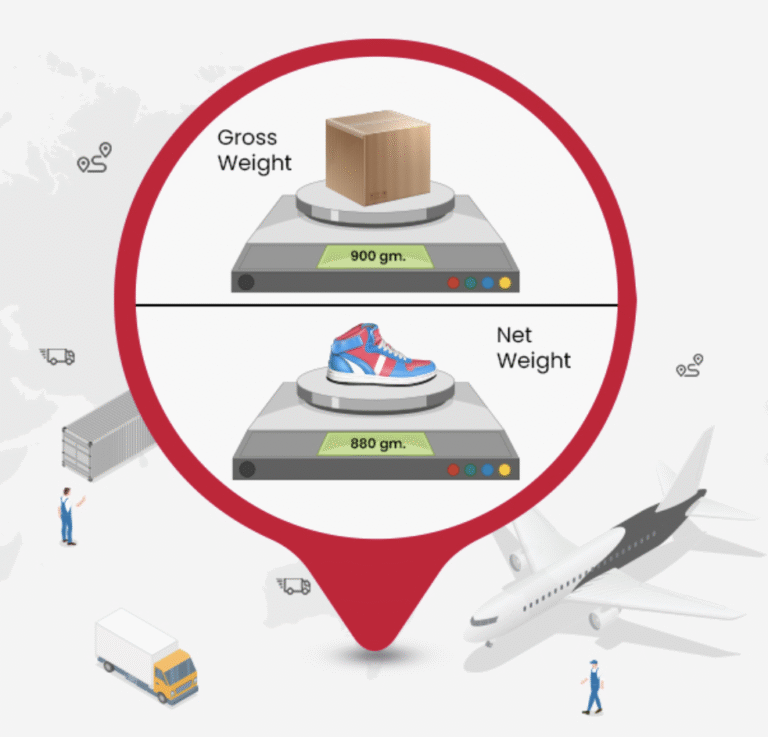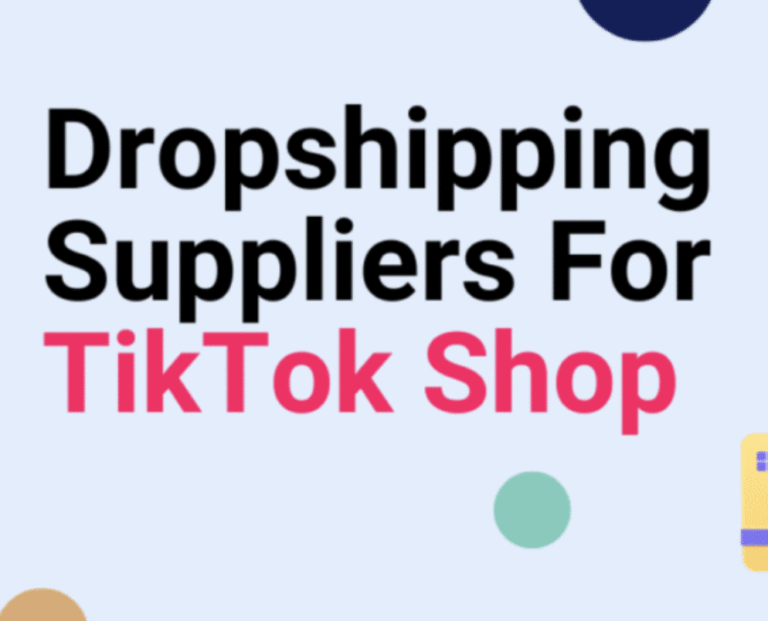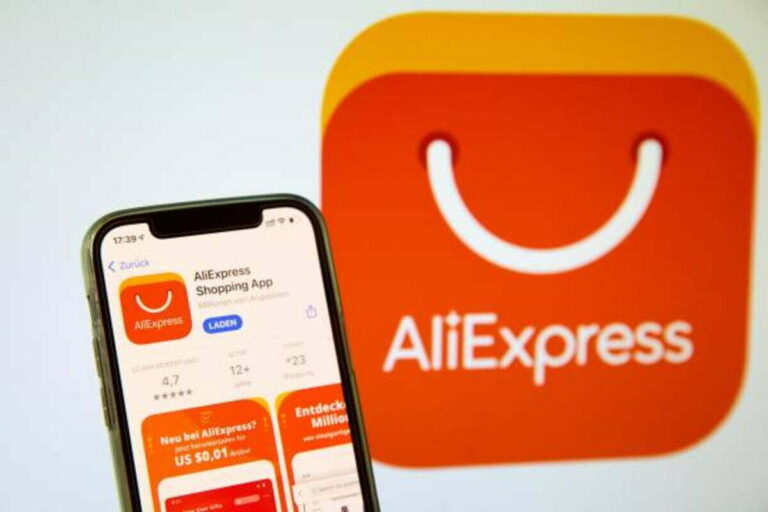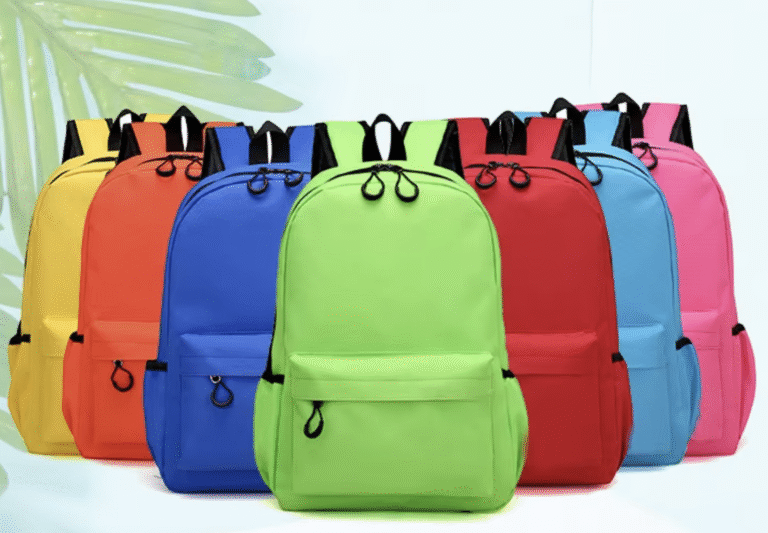Shaoxing Keqiao Textile Fabric Market: The Ultimate Sourcing Guide for 2025
When it comes to sourcing fabric in China, Shaoxing Keqiao Textile Fabric Market is the holy grail. It’s not just a market—it’s the largest textile distribution center in Asia, possibly the world.
Whether you’re a fashion designer, apparel brand, or global fabric importer, Keqiao offers more than just fabric. It offers connections, opportunities, and access to some of the best textile deals on the planet.
Read this review before you buy—because sourcing from Keqiao is a game-changer, but it can be overwhelming if you don’t come prepared.
This guide will give you everything you need to know about Keqiao’s market layout, types of fabrics available, buyer tips, sourcing agents like Simoosourcing, and how to navigate the experience like a seasoned pro.
Let’s dive into one of the world’s most powerful textile sourcing hubs.
Table of Contents
1. What is Keqiao Textile Market?
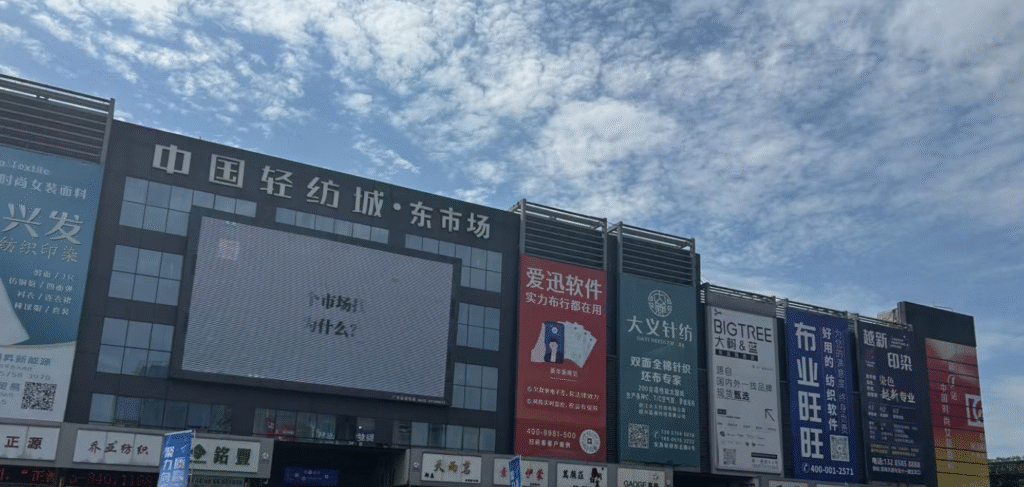
Located in Shaoxing City, Zhejiang Province, the Keqiao Textile Market spans an area of over 3.5 million square meters. It’s home to over 30,000 textile enterprises, and it handles more than one-third of China’s textile exports. Simply put—Keqiao is the heartbeat of China’s textile industry.
Historical Background:
Established in the 1980s, Keqiao started as a small local market for cloth trading. Over the decades, it grew in scale and scope, becoming a global hotspot for fabric sourcing. By 2008, it had already overtaken many traditional markets in Hong Kong and Guangzhou in size and diversity.
Today’s Role:
- Hub for domestic and international textile sourcing
- Supplies to 190+ countries worldwide
- Serves both large-scale manufacturers and small-scale designers
Global Reach:
Keqiao’s clients range from H&M and Zara suppliers to boutique labels in the U.S., Europe, Middle East, and Africa. It’s not uncommon to find textile reps from Milan, Istanbul, and Dhaka wandering its massive halls, scouting for the next big fabric trend.
2. Why Choose Keqiao Over Other Markets?
There are plenty of textile markets across China—Guangzhou’s Zhongda, Shenzhen’s fabric streets, and Hangzhou’s boutique districts—but Keqiao stands above them all. Why?
Top Reasons to Choose Keqiao:
- Unmatched Fabric Variety: From basic cotton to luxury jacquard, Keqiao has it all.
- Competitive Pricing: Due to volume and factory proximity, prices are extremely reasonable—even for lower MOQs.
- Supplier Density: You’ll find thousands of suppliers under one roof, making it easy to compare.
- Fast Turnaround Times: Many suppliers keep ready stock for popular items.
Fabric Heaven for All Buyers:
Whether you’re buying 10 rolls or 10 containers, Keqiao accommodates every scale of business. You can source:
- Knits and wovens
- Lace, chiffon, and tulle
- Denim, velvet, and corduroy
- Home textiles like curtains and upholstery
Pro Tip: Many suppliers in Keqiao are also manufacturers, which means you’re cutting out the middleman and getting factory-direct pricing.
3. Market Structure and Layout
To understand Keqiao, you must understand its layout. It’s not one building—it’s a cluster of massive textile districts, each focusing on different fabric types or buyer needs.
Key Zones in Keqiao:
- China Textile City (Main Market): The heart of the fabric trade, includes over 10 large halls
- Grey Fabric Market: Raw/unprocessed fabric rolls
- Stock Fabric Market: Perfect for ready-to-ship orders and quick turnarounds
- East Market (Dong Bu): Specializes in export-quality fabrics
- North and West Markets: Focus on home textiles, curtain fabrics, and upholstery
Navigation Tip:
The market is walkable but massive. Allocate at least 2–3 days to explore if you’re sourcing multiple fabric types. Many buildings have 5–7 floors of vendors, so bring comfortable shoes and a notebook.
Pro Tip: Use a digital map or sourcing guide app (many are available in both English and Chinese) to keep track of vendors.
4. What Can You Source at Keqiao?
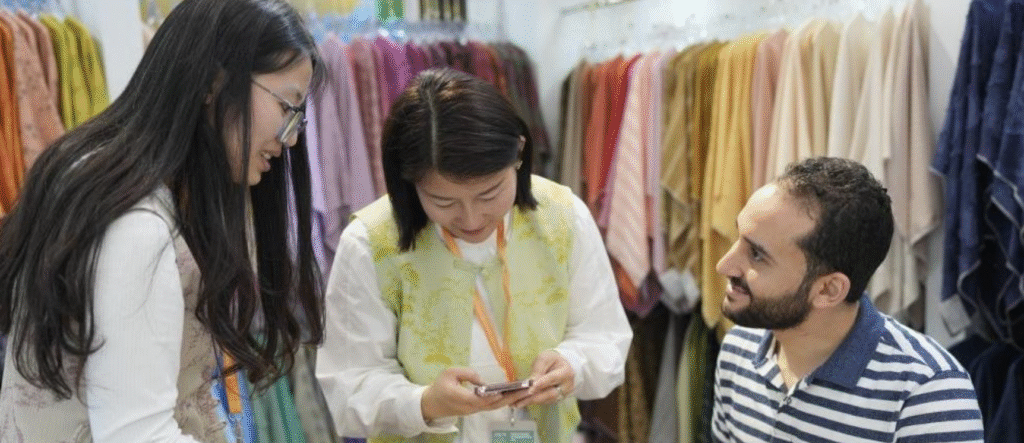
The real question should be: what can’t you source in Keqiao? The market’s diversity is mind-blowing, with suppliers for nearly every type of textile product imaginable.
Fabric Categories Available:
- Apparel Fabrics: Cotton, rayon, polyester, blends, jersey, chiffon, denim
- Luxury Fabrics: Silk, jacquard, velvet, lace
- Technical Textiles: Fire-retardant, waterproof, UV-resistant
- Home Textiles: Curtains, sofa covers, bed linens, towels
- Accessories & Trims: Zippers, buttons, ribbons, lace trim, elastic
Whether you’re looking for sustainable fabrics or the latest fashion trends, you’ll find plenty of innovation and variety in Keqiao.
Pro Tip: Many vendors offer custom fabric printing and dyeing services for a small additional fee if your order meets their MOQ.
5. Who Should Visit Keqiao?
If you’re involved in any aspect of the fabric or fashion business, Keqiao can help you scale, save, and innovate. It caters to a diverse global audience.
Ideal Visitors Include:
- Fashion Designers: Looking for unique or trend-specific fabrics
- Apparel Manufacturers: Seeking reliable suppliers for large quantities
- Wholesale Importers: Interested in factory pricing for resell
- eCommerce Brand Owners: Sourcing affordable materials for product development
- Interior Designers & Home Goods Retailers: Buying upholstery, curtains, and home fabrics
Pro Tip: Even if you’re a small startup, don’t be intimidated by the scale of Keqiao. Many suppliers are happy to work with smaller MOQs, especially if you’re clear about your branding and future growth potential.
6. Tips for First-Time Buyers at Keqiao
If it’s your first time sourcing fabrics from Keqiao, the experience can be both exciting and overwhelming. With over 30,000 textile suppliers and a maze-like market layout, preparation is key. Here’s how to make your first visit successful and stress-free.
Pre-Visit Checklist:
- ✏️ Make a Sourcing Plan: Know what fabric types you want, estimated quantity, budget, and end use.
- 🗓️ Best Time to Visit: March to May and September to November are ideal. These months avoid major Chinese holidays and align with sourcing seasons.
- 💼 Bring Essentials: Business cards, a fabric notebook, measuring tape, phone charger, translator app, and a rolling suitcase for samples.
While You’re There:
- Don’t Rush. Spend time understanding the texture, weight, stretch, and finish of each fabric.
- Ask for Samples. Most suppliers offer swatches for free or a small fee. Use these to test in your lab or with your product designers.
- Photograph Everything. Include booth number and vendor name in your photos to avoid confusion later.
Negotiation Tips:
- Prices are usually negotiable—especially if you’re buying in volume.
- Build a relationship before jumping to price. Suppliers are more flexible once they understand your business goals.
- Don’t hesitate to walk away. If you like a fabric, you’ll probably find 10 other vendors selling something similar.
Pro Tip: Start with sample orders to test quality, communication, and delivery before placing bulk orders.
7. How to Navigate Keqiao Efficiently
The market can span dozens of buildings and millions of square meters. Without a strategy, you’ll be overwhelmed in minutes. Here’s how to navigate efficiently.
1. Use Market Maps & Directories:
- Available at hotel lobbies, market entrances, or online PDFs.
- Each building is categorized by fabric type (e.g., lace, knit, cotton, home textiles).
2. Take Notes Religiously:
- Log supplier names, building numbers, and product codes.
- Note minimum order quantities (MOQs), pricing, and contact methods.
3. Translation Tools Are Your Best Friend:
- Use Google Translate or iTranslate.
- Consider hiring a local translator or even a bilingual student for the day.
4. Plan Breaks & Hydration:
- You’ll walk 5–10 km a day just exploring. Many cafés and restaurants are available nearby.
- Stay hydrated and wear lightweight, breathable clothing.
5. Use WeChat for Business:
- Most Chinese vendors prefer WeChat for all communication.
- Add suppliers on WeChat, send photos of fabrics you liked, and keep all deals recorded there.
Pro Tip: Focus on one product category per day. For example, Day 1 = knits, Day 2 = woven cotton, etc.
8. Sourcing Agents and Services in Keqiao

Let’s be honest—Keqiao can be a labyrinth. If you’re short on time, unfamiliar with Chinese, or worried about negotiating and shipping, you need a sourcing agent. That’s where professionals like Simoosourcing come in.
What Sourcing Agents Do:
- Find the best suppliers for your needs
- Negotiate pricing and terms on your behalf
- Arrange sampling, bulk orders, and customizations
- Perform quality control inspections
- Handle logistics, consolidation, and shipping
Why Choose Simoosourcing?
- Based in China with deep connections in Keqiao
- English-speaking team and real-time communication
- Transparent pricing, no hidden fees
- Specialized in textiles and home goods
- Ideal for Amazon sellers, small brands, and large-scale importers
When to Use an Agent:
- If you’re ordering from 1688.com or Taobao suppliers who don’t speak English
- If you want to consolidate orders from multiple vendors
- If you need custom packaging, labeling, or branding
Pro Tip: Even if you visit Keqiao yourself, having an agent handle your post-visit negotiations and logistics can save time, reduce errors, and cut costs.
9. Quality Control & Sampling Process
Fabric quality can make or break your product line. In Keqiao, you’ll find amazing fabrics and questionable ones—sometimes in the same building. Quality control is your responsibility as a buyer.
What to Look For:
- GSM (grams per square meter): Indicates fabric weight
- Color Fastness: Will it bleed when washed?
- Shrinkage Rate: Especially for cotton and linen
- Hand Feel: Touch, drape, and softness
- Weave Consistency: Check for loose threads, irregular patterns
How Sampling Works:
- Free Swatches: Most vendors offer small swatches for free
- Meterage Samples: You can request 1–5 meters of fabric to test further
- Custom Samples: If dyeing or printing is needed, allow 3–5 days for production
Testing Labs:
You can also send samples to third-party labs in Keqiao for:
- Color fastness
- Formaldehyde content
- Shrinkage and tensile strength
Pro Tip: Keep a record of samples with batch numbers. When placing bulk orders, insist the supplier use the exact same batch or color code to avoid discrepancies.
10. MOQ, Pricing, and Payment Terms
Keqiao is known for being flexible with MOQs, especially if the fabric is in stock. However, pricing and payment terms can vary widely based on vendor size and your relationship.
Minimum Order Quantities (MOQ):
- Stock Fabrics: As low as 1 roll (30–50 meters)
- Custom Orders: Usually start from 300–500 meters per color
- Printed Fabrics: Higher MOQs due to printing setup costs
Pricing Structure:
- Woven & knit fabrics: $1–$5 per meter on average
- Luxury fabrics: Can go up to $15–$20 per meter
- Bulk Discounts: Always available for large orders
Payment Options:
- Cash or WeChat Pay for small samples
- Bank Transfers (T/T) for bulk orders
- Some vendors accept PayPal, but expect a 5% surcharge
- Avoid paying 100% upfront—negotiate 30% deposit and 70% before shipment
Pro Tip: Always confirm prices in writing (via email or WeChat) and include agreed specs, packaging, and lead times.
11. Shipping and Logistics from Keqiao
Sourcing fabrics is only half the battle—the other half is getting them safely to your destination. Fortunately, Keqiao is well-equipped with logistics services thanks to its proximity to ports, warehouses, and freight forwarders.
Shipping Methods:
- Sea Freight: Ideal for large, heavy shipments (cheapest but slowest)
- Air Freight: Faster but more expensive (used for urgent orders or smaller volumes)
- Courier/Express: (DHL, FedEx, UPS) Fastest for samples and small packages
Logistics Options in Keqiao:
- Many buildings have logistics counters or shipping service offices
- Vendors often work with their preferred freight partners
- You can choose FOB (Free On Board) or CIF (Cost, Insurance & Freight) terms
Freight Forwarders:
If you’re buying from multiple vendors, use a freight consolidator to combine everything into one shipment. This reduces:
- Shipping costs
- Customs delays
- Paperwork hassles
Pro Tip: Ask your supplier if they can offer DDP (Delivered Duty Paid)—they’ll handle customs, taxes, and clearance so your goods arrive directly at your warehouse.
12. Online Platforms vs. In-Person Visits
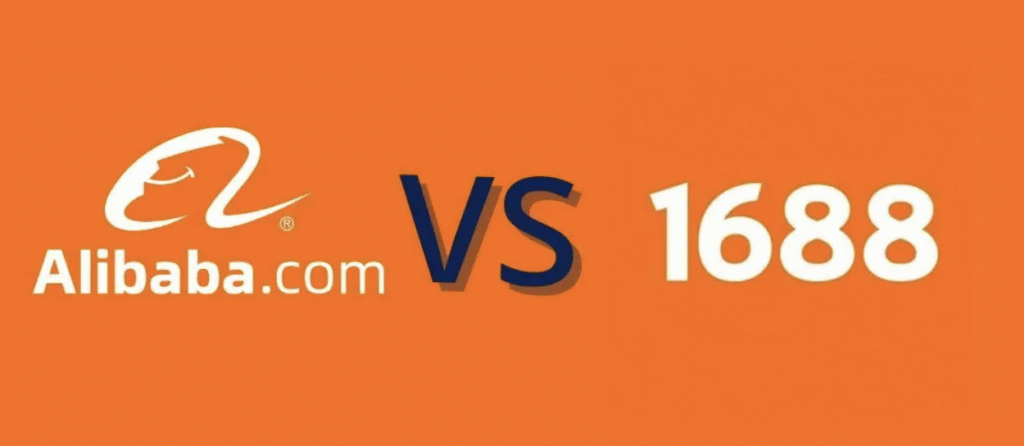
Many buyers wonder whether it’s worth visiting Keqiao or if they can just source online via platforms like Alibaba, 1688, or Made-in-China.
Online Sourcing Pros:
- Convenience and speed
- Easier communication with English-speaking suppliers
- Sample ordering with one click
Keqiao In-Person Sourcing Pros:
- Touch & Feel the Fabric: There’s no replacement for physical inspection
- Instant Price Negotiations
- Discover Hidden Gems: Many vendors are not listed online
- Custom Orders Made Easy: On-site discussion simplifies the process
Best of Both Worlds:
Many experienced buyers combine both:
- Use online platforms for research and sample selection
- Visit Keqiao to finalize deals, find alternatives, and negotiate better pricing
Pro Tip: Platforms like Alibaba offer Trade Assurance, but they may include a middleman’s margin. Direct Keqiao sourcing usually gives better factory pricing.
13. Challenges of Sourcing in Keqiao
As powerful as Keqiao is, it’s not without its downsides—especially for newcomers or non-Chinese speakers. Being prepared can save you from frustration.
Common Challenges:
- Language Barrier: Many vendors only speak Mandarin. Miscommunication can lead to incorrect orders.
- Overwhelming Scale: With tens of thousands of booths, it’s easy to get lost or miss great deals.
- MOQ Variability: Some sellers change MOQs based on your order size or negotiation strength.
- Quality Discrepancies: Without proper QC, you risk receiving different quality than what was sampled.
- Lack of Online Records: Many deals are negotiated in person or via WeChat with no formal contract.
How to Overcome These:
- Hire a bilingual sourcing agent like Simoosourcing
- Use voice translation apps to bridge communication
- Take notes and confirm every agreement in writing
- Visit the same vendor multiple times before ordering
Pro Tip: Always trust but verify. Just because a sample looks perfect doesn’t guarantee the same in bulk unless there’s a clear agreement and QC in place.
14. Best Hotels and Accommodations Near Keqiao
Since you’ll be spending a few days exploring the market, you’ll want a comfortable and convenient place to stay. Luckily, Keqiao has a wide range of hotels catering to international buyers.
Top Recommended Hotels:
- Howard Johnson Sunshine Plaza Keqiao
- 5-star comfort, popular with business travelers
- Shaoxing Tianma Grand Hotel
- Clean, mid-range with business facilities
- Jinjiang Inn Select Shaoxing Keqiao
- Budget-friendly and near key market zones
Location Tips:
- Choose a hotel close to China Textile City or East Market (Dongbu).
- Many hotels offer shuttle services or easy access to taxis and buses.
- Wi-Fi is generally available, but bring a portable router if you need high-speed access.
Pro Tip: Book early during trade fairs and expo months—accommodations fill up fast due to high visitor traffic.
15. Keqiao Textile Expo and Trade Fairs
If you’re serious about textile sourcing, time your visit with the Keqiao Textile Expo, held twice a year—Spring and Autumn. These events showcase the latest innovations, trends, and supplier catalogs.
Event Highlights:
- Thousands of exhibitors from China and abroad
- Fabric innovation booths (eco-friendly, tech-enhanced materials)
- Fashion trend zones & panel discussions
- Networking opportunities with manufacturers
How to Attend:
- Register online via official Shaoxing Keqiao Textile Expo website
- Apply for a business visitor badge (free)
- Bring business cards and product portfolios if you’re looking to establish new vendor relationships
Additional Tips:
- Book appointments with vendors in advance
- Stay 1–2 days post-fair to follow up on leads within the local markets
- Collect brochures, swatches, and WeChat contacts for future sourcing
Pro Tip: Trade shows are great for discovering new materials, comparing innovations, and even negotiating special expo discounts from vendors.
Keqiao Fabric Types Comparison Table
Here’s a breakdown of popular fabric types you’ll find in Keqiao and which zones or buildings typically stock them:
| Fabric Type | Common Uses | Where to Find in Keqiao | MOQ (Est.) | Price Range (USD/m) |
|---|---|---|---|---|
| Cotton Poplin | Shirts, blouses, babywear | China Textile City, West Zone | 50–100 m | $1.20–$2.80 |
| Polyester Chiffon | Dresses, scarves, linings | East Market (Dongbu) | 100–300 m | $0.90–$2.00 |
| Denim | Jeans, jackets, workwear | North Market | 100–500 m | $2.50–$4.00 |
| Lace | Lingerie, fashion, décor | Lace Specialty Building | 30–100 m | $1.80–$5.50 |
| Velvet | Upholstery, winter fashion | Home Textiles Market | 50–200 m | $3.00–$7.00 |
| Spandex Blends | Activewear, leggings, swimwear | Knits Building | 100–300 m | $2.20–$4.50 |
| Silk | High-end fashion, scarves | Luxury Fabric Hall | 30–50 m | $6.00–$20.00 |
| Linen | Summerwear, bags, home décor | Natural Fibers Zone | 100–300 m | $3.50–$6.00 |
Pro Tip: Prices and MOQs vary based on customizations, color, printing, and finishing. Always negotiate based on your needs.
Pros & Cons of Buying from Keqiao
✅ Pros:
- Unmatched Fabric Variety: Over a million fabric options across categories
- Direct Supplier Access: Many are factory owners or exporters
- Highly Competitive Pricing: Factory-direct rates and volume discounts
- Global Recognition: Trusted by global fashion brands and retailers
- Customization Options: Custom dyeing, printing, and finishing available
❌ Cons:
- Language Barriers: Most suppliers speak only Mandarin
- Overwhelming Size: Difficult to navigate for first-time visitors
- Inconsistent Quality: Requires personal inspection or third-party QC
- Lack of Formal Contracts: Many deals happen over WeChat
- Shipping Complexities: Need logistics planning for consolidated orders
Pro Tip: Using a sourcing partner like Simoosourcing can help you overcome most of these cons and turn them into advantages.
Sourcing Checklist for Keqiao Visitors
Here’s a handy checklist to ensure your Keqiao sourcing trip is productive and smooth:
📦 Pre-Visit Preparation:
- Define fabric types, colors, quantities, and end uses
- Set budget ranges and target pricing
- Book hotel near China Textile City
- Prepare business cards and product catalogs
- Download WeChat and translation apps
🛍️ While in Keqiao:
- Visit one fabric category per day
- Take photos with vendor booth numbers
- Collect swatches, price sheets, and contact info
- Request samples for lab testing
- Negotiate pricing and confirm MOQs clearly
🚢 Post-Visit Tasks:
- Consolidate samples and finalize supplier list
- Confirm bulk order specs via WeChat/email
- Arrange QC inspection or agent follow-up
- Plan logistics: freight, customs, and delivery
- Maintain ongoing supplier communication
Pro Tip: Always double-confirm pricing, delivery times, and material specs in writing. Screen captures and dated messages help settle disputes.
Conclusion
The Shaoxing Keqiao Textile Fabric Market is more than a sourcing destination—it’s the nucleus of the global textile trade. Whether you’re sourcing basics like cotton or high-end materials like silk and jacquard, Keqiao offers variety, value, and innovation that’s hard to find elsewhere.
But don’t be fooled by its size and complexity. With the right preparation, sourcing plan, and support from professionals like Simoosourcing, even a first-time visitor can find success here. Just remember: Read this review before you buy to avoid pitfalls, save time, and make informed sourcing decisions.
So, pack your bags, polish your negotiation skills, and dive into the colorful, fast-paced world of Keqiao. Your next big textile breakthrough might just be waiting behind one of those endless fabric rolls.
FAQs About Shaoxing Keqiao Textile Fabric Market
1. How do I find reliable fabric suppliers in Keqiao?
Visit multiple booths, collect business cards, request samples, and always confirm specs in writing. Use sourcing agents for vetting and negotiation support.
2. Can I order samples without visiting Keqiao?
Yes, many vendors are on WeChat or Alibaba. You can order samples through a sourcing agent like Simoosourcing who will handle everything locally.
3. What is the average MOQ in Keqiao?
MOQs vary widely. Stock fabrics may start at 30–50 meters, while custom-dyed fabrics can require 300+ meters.
4. Should I use a sourcing agent?
Absolutely, especially if you’re unfamiliar with Chinese language, fabric specs, or shipping logistics. Sourcing agents make the process safer and faster.
5. What’s the best time to visit Keqiao?
March–May and September–November are ideal. Avoid Chinese New Year and Golden Week holidays.

